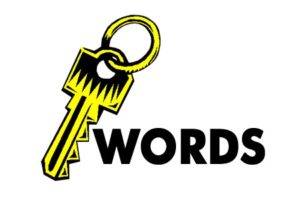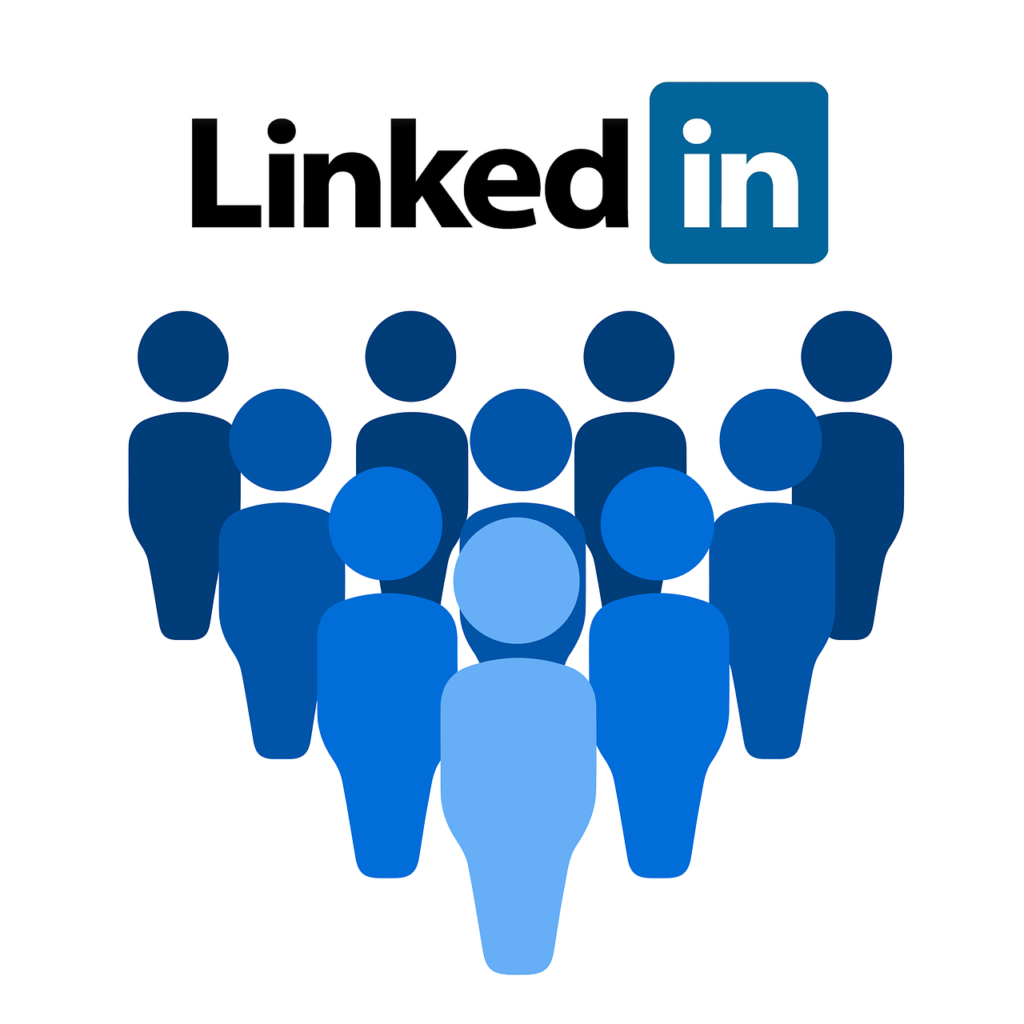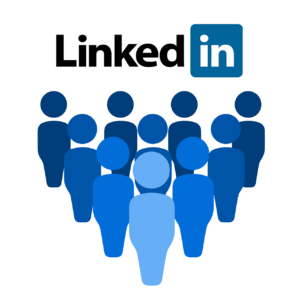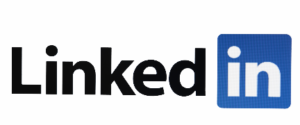

If you’re planning on starting a new job search in 2022, you need to know that how you search for a job has changed greatly over the years. Whether you’re a new grad, management professional, seasoned executive, or C-Suite office holder, you need to ensure that you have the “dos” and “don’ts” of today’s job search necessities down to a science BEFORE you start your search. One necessary tool for today’s jobseekers is having an optimized LinkedIn profile! A few easy “dos” and “don’ts” to consider when preparing your LinkedIn profile for a job search….
URL:
- DO customize your URL and put a link to your profile on your resume. If your name is already taken, use a middle initial, special numbers, or a credential to make your URL unique.
- DON’T use the URL that LI assigns you when you create your initial profile.
PROFILE BANNER:
- DO have a customized banner at the top of your profile. There are plenty of free sites to create a banner on, or, if you aren’t into doing your own thing, hire a designer to create one for you. This is where you can show a little personality on your profile while still looking like a professional.
- DON’T use the LI default banner or your current company logo – if you are in a job search.
PROFILE PHOTO:
- DO post a recent, professional-looking headshot of you (and ONLY you) in the photo.
- DON’T post of photo of you cropped out of a group photo at an event or a photo of you from 20+ years ago – you don’t want to see shocked faces when you arrive for your interview!
NAME:
- DO display your name as it appears on your resume and what you go by in the workplace. Add any relevant credentials after your name.
- DON’T use a nickname or outdated maiden name just because that’s the name you had when you created your original profile.
HEADLINE:
- DO create a branding statement for the top of your resume and in the headline section of your LI profile. Use descriptive, high-impact, and industry-specific keywords to communicate your brand. You have 220 characters to brand yourself here – make them count!
- DON’T use your current job title (LI default) in your headline – ugh…so boring!
ABOUT:
- DO include a targeted, keyword-saturated career summary at the beginning of your resume and in your LinkedIn profile (About) section. Remember to write toward the job/industry you’re targeting. You have 2,600 characters to write your story – use them to your advantage!
- DON’T bypass this section – and don’t just make it paragraphs of boring text – readers will lose interest in you and your qualifications immediately. Use bullets to separate sections that give a brief synopsis of your skills, experience, and achievements. Show the value YOU can offer in one quick read!
EXPERIENCE:
- DO put your most up to date and relevant information on your resume and LinkedIn profile. Include achievements in bullet lists and job titles that are in line with what is on your resume.
- DON’T include your entire career history-only jobs that are relevant to your current career goals. Stay away from posting proprietary or confidential information in this section.
EDUCATION:
- DO include all of your relevant degrees. Undergraduate, graduate, post-doctoral, etc.
- DON’T include the years if you graduated 10+ years ago, or information about what you did in college unless it is pertinent and relevant.
LICENSES/CERTIFICATIONS:
- DO list certifications/licenses that are relevant to your career goals. If you are currently in the process of getting a certification/license, then just add it with the expected date of receiving the credential.
- DON’T list actual license numbers (hello identity fraud???) on LI or include outdated information that is no longer active (unless it matters if you had it in the past).
SKILLS:
- DO use industry-specific keywords/skills on this list. Be descriptive and ensure that your skills are in line with your level, job skills, experience, etc. “Pin” your top 3 skills at the beginning of this section. LI does this automatically – you need to ensure that the top 3 are truly, well, the top 3!
- DON’T list bland words like “Leader” or “Projects”. Focus on stronger terms – “Executive Leadership” or “Project Management”.
PROFESSIONAL ORGANIZATIONS:
- DO include your memberships in professional organizations (especially in industry-specific organizations). List your role in each organization (Member, Board Member, Committee Chair, etc.).
- DON’T list organizations that you haven’t been affiliated with for years.
VOLUNTEER WORK:
- DO include recent volunteer work or past work that may be relevant to your current job search goals. Include any leadership positions with organizations or special events you chaired.
- DON’T put in volunteer work from 20+ years ago or if it was an event that was a one-hour commitment!
ADDITIONAL SECTIONS:
- DO look at all the additional sections LI offers (Patents, Projects, Honors/Awards, Courses, Publications, Languages, etc.).
- DON’T add a section just to add a section. You want to have relevant and informative content on your profile – not uninformative fluff that takes up space.
RECOMMENDATIONS:
- DO give/request recommendations from clients, colleagues, supervisors, etc. Encourage those giving you recommendations to make them achievement/leadership-focused, so that the best you have is what they are talking about. You should have recommendations that are as current as possible.
- DON’T use recommendations that are filled with typos or information that is outdated/unmeaningful.
SETTINGS:
- DO check your settings and ensure that they are aligned with how you want to be seen, who you want to be able to see you, etc.
- DON’T turn your profile completely off to public viewing. What’s the point of being on LI if nobody can see you?
DO make the profile unique to YOU. Make sure you can back up all the information you have put out there during an interview, and ultimately on the job for your next employer. DON’T take information from a friend’s or colleague’s profile or include skills/achievements that you can’t own. Your LinkedIn profile is a living document – keep it current and fresh. Finally – you have optimized the information on your profile, now you need to network! Engage with others by posting and commenting to get your name/profile seen by more people!











